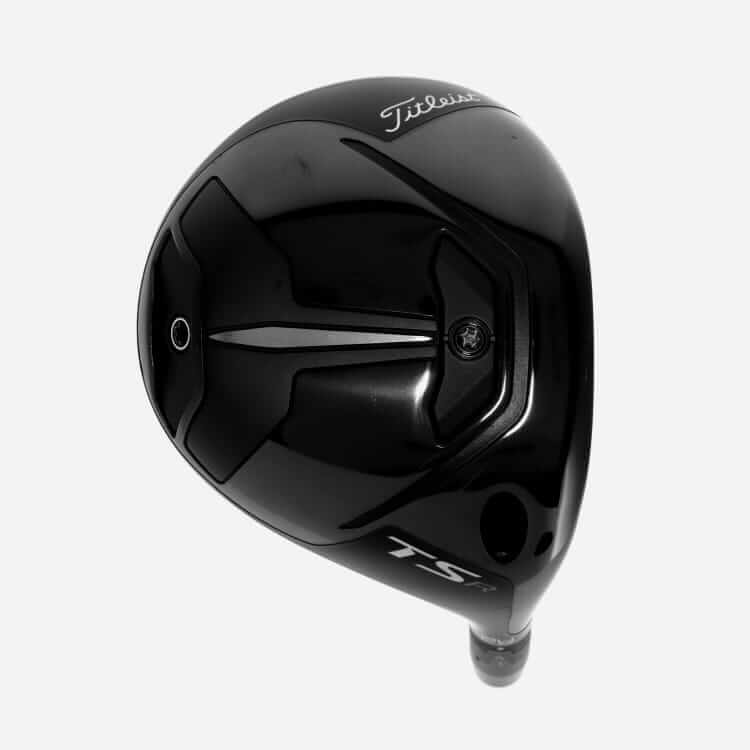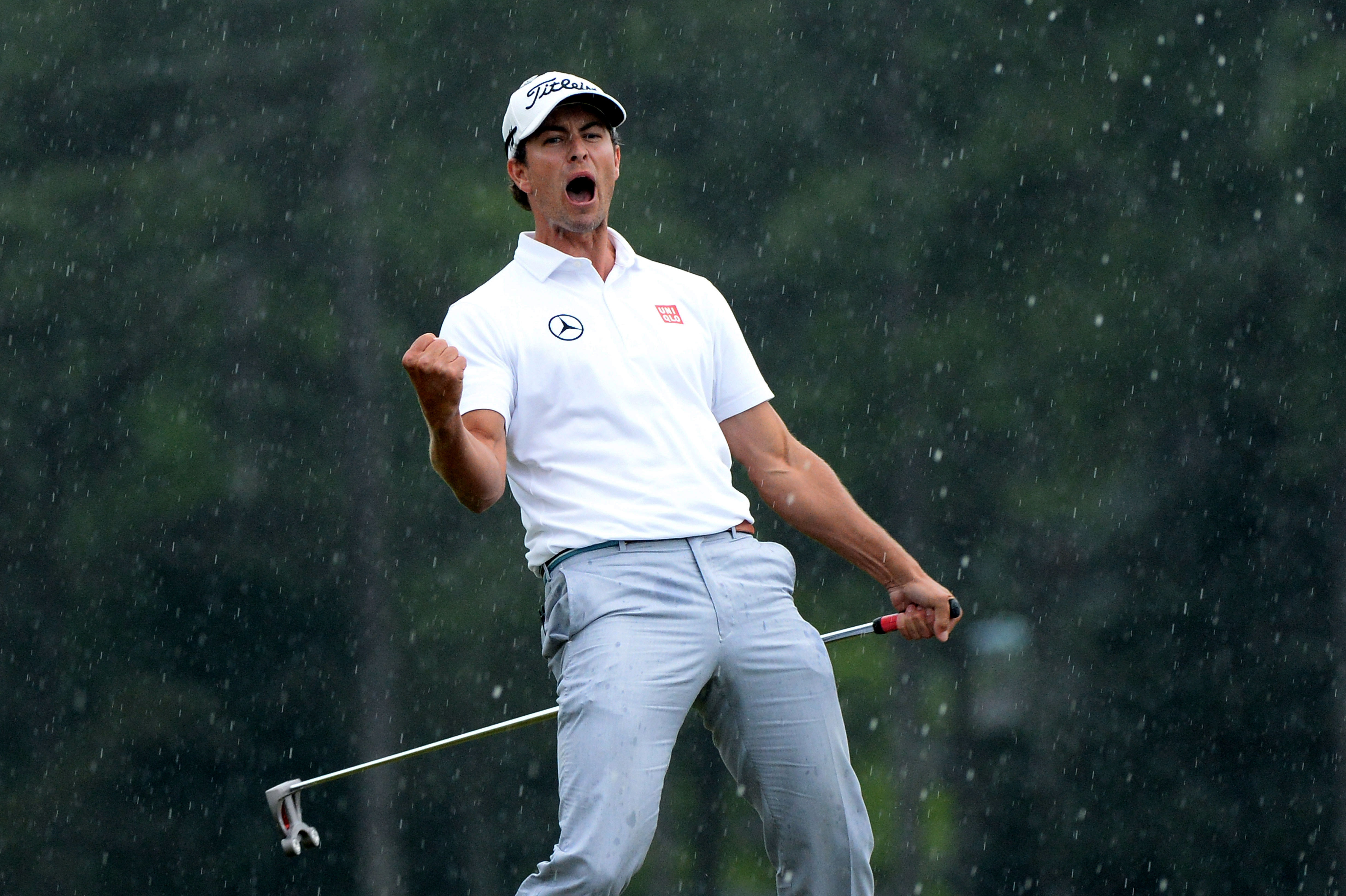Golf Instruction
Are You Using the Tee Box Effectively?
Everyone knows that guy in your foursome who habitually walks onto the first tee, tees his ball up squarely in the middle of the teeing ground, makes his practice swings next to his ball, and proceeds to fire away.
There’s little to no thought dedicated to the players’ intentions.
Furthermore, his pre-shot routine on all 18 teeing grounds is vaguely familiar from from hole to hole without inducing any of the positive feelings that good golfers regularly associate with the tee box. Instead of walking onto the first tee (or any tee box) in fear, try utilizing positive reinforcement by first reminding yourself that you can hit the fairway.
Thinking positively will only increase the probability that you start your round by ripping one down the middle of the fairway. Rather than talking about how you haven’t played in two weeks or how stiff your back is, allow yourself the time on every tee box to focus on your intention. Golfers of older age and/or certain experience levels often associate dry humor or sarcasm with the first tee and every or most tee box(es) on the golf course.
While the first tee box can be daunting for many players, calming yourself down starts with focusing on your intention and utilizing the physical teeing ground you’re playing from as best as possible.
If you’re using your driver on the first tee, make sure you have the ball teed up high enough off the ground where you’re not trying to trap the ball like on an iron shot but not too high where you increase the risk of sending the ball a mile high and just about nowhere. For most players, the standard teeing height for the driver should leave about half the golf ball above your driver’s clubhead after placing it flush on the ground behind your teed-up golf ball.
You may prefer teeing the ball slightly lower or slightly higher depending on both your own tendencies and your intended ball flight. Typically, golfers who prefer to hit a draw will tee the ball slightly higher than players who like to hit a fade. Downwind, it’s wise to tee the ball higher than you otherwise normally would with respect to the ground. Into the wind, several players like to tee the ball up slightly lower than what would be typical.
If you’re catching the ball high on the face (popping it up), tee it lower. If you’re having trouble getting the ball airborne, don’t be afraid to tee it higher. However you choose to tee your ball up with respect to the ground, just be mindful that the height of the ball in relation to both the ground and the size of your clubhead immensely impacts the consistency/quality of both the strike and the ball flight.
If you’re struggling off the tee with the big stick, check your ball position and how high you’ve teed your ball up before anything else.
With the driver, you’re in a good spot if your ball position is forward in your stance or off the inside of your lead foot at address after drawing an imaginary perpendicular line(in relation to the target line) from your ball back toward your feet at the setup position. If your ball position is ever so slightly more toward the center of your stance, just be mindful that you may hit the ball slightly lower than you may prefer.
Just like any other shot we hit on the golf course, ball position with the driver is an essential fundamental we must remain aware of every time we address the golf ball. Instead of tweaking your swing with the big stick, check your ball position. If it’s too far forward, you may be prone to hitting hooks more off the toe of the clubface. Too far back, and you may hit blocks more toward the heel of the clubface.
Once you feel comfortable with how high your ball is teed up, you should always stand behind your golf ball in relation to your intended target/ target line. Good players always stand at the down-the-line angle in relation to their target instead of the “back-on” angle (the opposite of face-on) during their pre-shot routine on the tee box.
Before standing behind your properly teed-up golf ball, however, one must be mindful of where the ball is teed up in relation to the two teeing markers.
More often than not, righty faders of the golf ball ought to tee their ball up closer to the right tee marker, while righty drawers often favor the left side of the box. Just as importantly, don’t be the guy who favors the far-right side of box when the trouble is on the left or vice versa. Believe it or not, teeing the ball up on the same side of the trouble better enables you to position your body so that you’re aimed away from the trouble.
When we’re aimed away from the trouble, our chances of missing the trouble increase substantially. On every tee box, ask yourself where the “good miss” is and where the “bad miss” is. If I’m playing a par 4 with water on the left and rough on the right, I’m probably going to favor the left side of the tee box when I tee up my ball. That way, I know I’m teed up on the same side of the box as the trouble that I must avoid (the bad miss) while also ensuring better alignment when I setup up my golf ball.
When in doubt, aim away from the trouble by using the part of the tee box nearest it. Doing so will help you steer clear of the big number, as you’re more likely to favor missing in a location that’s playable (the right or proper miss).
As long as the teed-up golf ball isn’t more than two yards behind the teeing markers, you’re in a legal teeing position. Also, the imaginary straight line between the front (nearest the hole) of the two teeing markers mustn’t be crossed. From there, pick a spot on the teeing ground that matches both your intended flight/target and the hole you’re playing.
If you’re a righty who likes hitting a sizable cut off the tee and you’re playing a dogleg left par 4, you may not want to favor the right side of the teeing area as much as you would on other par 4s. More often than not, we don’t want to miss left on a dogleg left or right on a dogleg right. Becoming a good player on the tee and elsewhere involves paying close attention to where we can miss and where we can’t.
While our focus should always return to the intended target/flight before turning our brains off and firing away, we must be mindful of where to miss. Often, tee boxes and/or tee markers on any given hole may be deceiving with respect to the proper line off the tee. For instance, a par 4 with loads of room left of the fairway and OB hugging the right side of it may also be matched with a tee box that points closer to the trouble (AKA the bad miss) than we often realize.
Standing behind your ball in relation to your intended target line and/or target (DTL angle) better enables us not to be fooled by some of these subtleties. From there, we can address the golf ball more confidently thanks to doing the right kind of pre-shot work. Once we step in, it’s time to commit to the target and trust your golf swing by swinging with aggression and always on balance.
The best players often describe their own mindset on the majority of their tee balls as being “make an aggressive swing on a conservative line.” Like those guys, you’ll be far more prepared to pipe more tee balls on your intended line than most are by taking this advice to heart.
Cover Image via Twitter
-

 News1 day ago
News1 day agoPolice release Scottie Scheffler’s Mugshot
-

 News4 days ago
News4 days agoRory McIlroy Files for Divorce from Erica Stoll
-

 News1 day ago
News1 day agoScottie Scheffler DETAINED by Police Outside of PGA Championship
-

 News1 day ago
News1 day agoHow Scottie Scheffler Can Miss His Tee Time and Still Play the PGA Championship
-

 News1 week ago
News1 week agoLIV Golf Has Tiger Woods and Rory McIlroy’s Relationship on Thin Ice
-

 Equipment1 week ago
Equipment1 week agoTitleist Hops On ‘Mini-Driver’ Hype with CRAZY TSR 2-Wood
-

 Fantasy Golf Predictions5 days ago
Fantasy Golf Predictions5 days agoFantasy Golf Picks, Odds, and Predictions – 2024 PGA Championship
-

 News4 days ago
News4 days agoAdam Scott Drops BOMBSHELL Regarding PGA Tour Board, Rory McIlroy Drama








